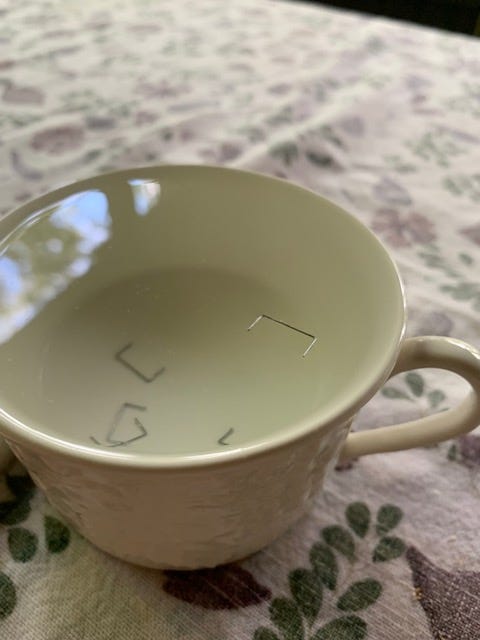On our floats down the river, we often see lots of insects—damselflies and dragonflies, butterflies and gnats. But one of the most fun insects to watch is the water strider, a kind of insect that is adapted to life on top of (mostly still) water. Scientists have identified more than 1700 different species of water striders, and these insects all take advantage of an unusual ability to skate or stride across the water to hunt for food (usually other insects that aren’t as well-adapted to the water). But how do they walk on water—isn’t that supposed to be impossible?
Water striders have long, thin, hairy legs that trap air and help them take advantage of water’s natural surface tension to stay afloat. Surface tension is way the water holds itself together at its surface through cohesion. Water’s molecules stick together, making a kind of skin that is surprisingly strong, even bouncy like a trampoline. You can see this if you pour a glass of water a little too full—look closely and you’ll see that the water is domed. The fact that water sticks together is also why water forms rounded droplets.
Water striders won’t bite you—in fact, they’re helpful to humans. They keep other harmful insects (like mosquitoes) in check. In fact, they will often grab mosquito larvae by their oxygen-sucking snorkels and yank them right out of the water to devour them.
Like all insects, water striders have six legs. Their front legs are used for grabbing prey. Their middle legs are used as paddles. And their rear legs are used to steer and brake. This highly synchronized, efficient system of propulsion makes them very fast for their size—in fact, to be as fast as a water strider, a six-foot-tall human would need to swim 400 miles per hour!
There are even a few species of water striders that live on the ocean, spending most of their lives far from shore. These insects, called halobates or sea skaters, are the only true open-ocean insect. They’re tiny, super water-repellant, and really good at jumping away from predators or big ocean waves (Bea and Harriet recommend the Octonauts “sea bugs” episodes if you want to learn more).
By studying water striders and sea skaters, especially their speed and water repellant properties, scientists and engineers may be able to make new inventions and innovations—even small, water-propelled robots that might one day clean up after oil spills. One group of scientists in Shanghai tested this idea by collecting water striders from ponds near their lab and studying how they moved. They then 3-D printed tiny “robots” in different shapes and observed how their shapes could help them move across water.
To better understand how surface tension works, here’s a fun experiment you can try at home:
1. Fill a glass or bowl very full with water. Try to pour enough in so that the water is doming a little.
2. Try to float a paper clip or a staple on the water. Can you float one? More than one? (Bea recommends setting the clip or staple into the water very slowly, and making sure the clip or staple is dry first.) This is a fun challenge to try with a friend. If your friend says they can’t do it, remind them that water has the highest surface tension of any liquid other than mercury!
Next:
1. Refill or fill a new bowl or glass, also very full. Sprinkle black pepper on top. Does it float?
2. Coat the tip of a wooden skewer or toothpick in dish soap. Now dip it into the water and watch the pepper scatter! (You can also try this with the floating paper clip.)
Soap works to clean because it disrupts or weakens the surface tension of water. Soap molecules have a head that loves and bonds with water (hydrophilic), and a tail that hates water (hydrophobic) and bonds with oils and fats. Viruses (like the Coronavirus) have an oily membrane that soap’s hydrophobic ends wedge themselves into. This causes the virus to break apart. The virus’s broken fragments then get trapped in tiny bubbles called micelles, and water washes them away. Warmer water has a lower surface tension, which is why it’s often used for washing dishes or clothes. But you can make cold water work better, just by adding soap!
Any other cool water strider facts or sightings? We particularly love the way they make the water look like it’s sparkling (as in the video above).
For the rest of the month, we’re going to focus on watersheds and river health—there have been some important local and national developments on fighting PFAS and water pollution, and we want to share our love of the river with you.
See you Friday, Frog Troublers! Stay cool!
P.S. If you’re feeling crafty/experimental, you could also try to build a model water strider.








Share this post